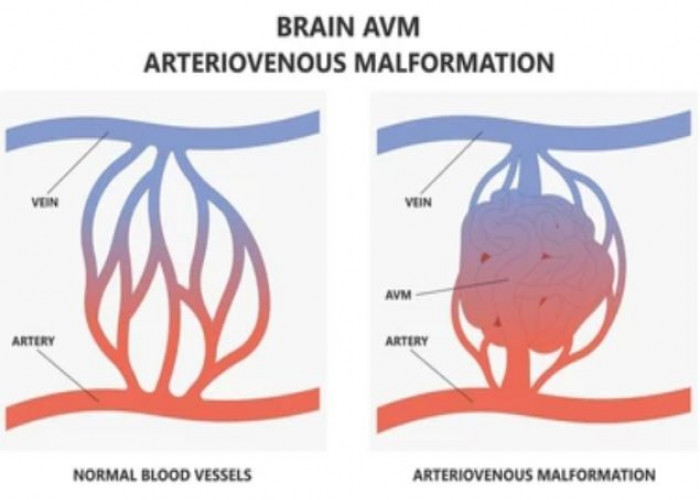 Welcome
Welcome
“May all be happy, may all be healed, may all be at peace and may no one ever suffer."
Arteriovenous malformation
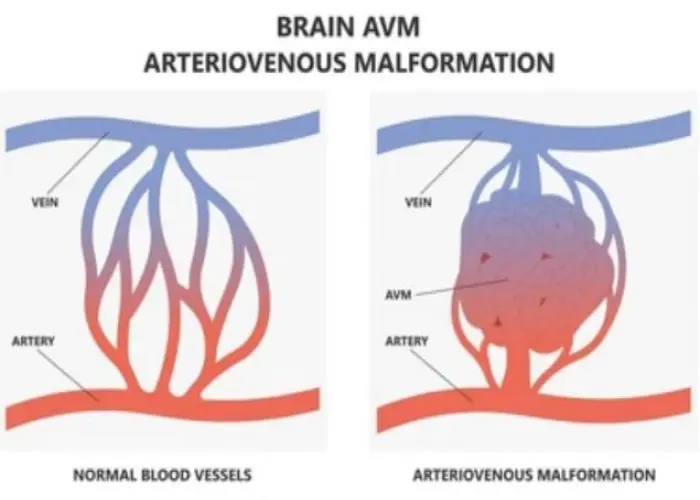
An arteriovenous malformation (AVM) is a tangle of blood vessels that bypasses normal blood flow through the capillaries and directly connects an artery to a vein. AVMs can occur anywhere in the body but are most commonly found in the brain and spinal cord.
AVMs can cause a range of symptoms, depending on their size and location, but may include headaches, seizures, muscle weakness or paralysis, and changes in vision or hearing. AVMs can also increase the risk of bleeding and stroke.
Diagnosis of an AVM typically involves imaging tests such as MRI or CT scans.
Treatment for an AVM may involve surgical removal of the AVM, embolization to block blood flow to the AVM, or radiation therapy to shrink the AVM. The specific treatment will depend on the size and location of the AVM, as well as a person's overall health and symptoms.
If you or a loved one has been diagnosed with an AVM, it's important to work with a team of medical specialists to determine the best course of treatment and manage any associated symptoms. With the right care and support, many people with AVMs are able to lead healthy, active lives.
Research Papers
Disease Signs and Symptoms
- Headaches
- Unusual sensations including numbness, tingling or sudden pain
- Loss of coordination that can cause problems with gait
- Heart failure
- Swollen veins on scalp
- Confusion (Hallucinations)
- Memory loss
- Dizziness (vertigo)
- Back pain
- Weakness
- Paralysis
- Muscle weakness
- Loss of consciousness (fainting)
- Seizures
- Nausea or vomiting
- A buildup of fluid in the brain (hydrocephalus) that causes enlargement of the head
Disease Causes
Arteriovenous malformation
AVMs result from development of abnormal direct connections between arteries and veins, but experts don't understand why this happens. Certain genetic changes might play a role, but most types are not usually inherited.
Disease Prevents
Disease Treatments
Treatment for AVM depends on where the abnormality is found, your signs and symptoms and your overall health, and the risk of treatment. Sometimes, an AVM is monitored with regular imaging tests to watch for changes or problems. Other AVMs require treatment. Determining whether an AVM needs treatment involves factors including whether the AVM:
- Has bled
- Is causing symptoms other than bleeding
- Is in a part of the brain that treatment can be safely given
Medications
Medications can help manage symptoms such as seizures, headaches and back pain.
Surgery
The main treatment for AVM is surgery. Your doctor might recommend surgery if you're at a high risk of bleeding. The surgery might completely remove the AVM. This treatment is usually used when the AVM is in an area where surgeons can remove the AVM with little risk of causing significant damage to the brain tissues.
Endovascular embolization is a type of surgery in which the surgeon threads a catheter through the arteries to the AVM. Then a substance is injected to close parts of the AVM to reduce the blood flow. This might also be done before brain surgery or radiosurgery to help reduce the risk of complications.
Sometimes stereotactic radiosurgery is used to treat AVMs. This uses intense, highly focused beams of radiation to damage the blood vessels and stop the blood supply to the AVM.
You and your doctors will discuss whether to treat your AVM, weighing the possible benefits against the risks.
Disease Diagnoses
Disease Allopathic Generics
Disease Ayurvedic Generics
Disease Homeopathic Generics
Disease yoga
Arteriovenous malformation and Learn More about Diseases
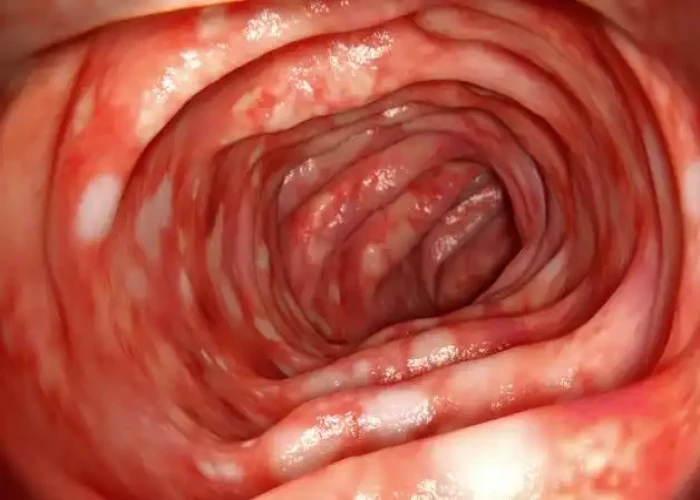
Ulcerative colitis

Atrial fibrillation

High blood pressure (hypertension)
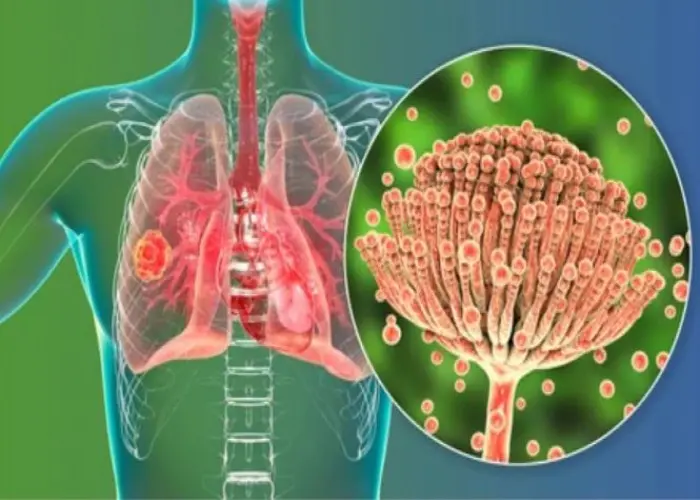
Aspergillosis
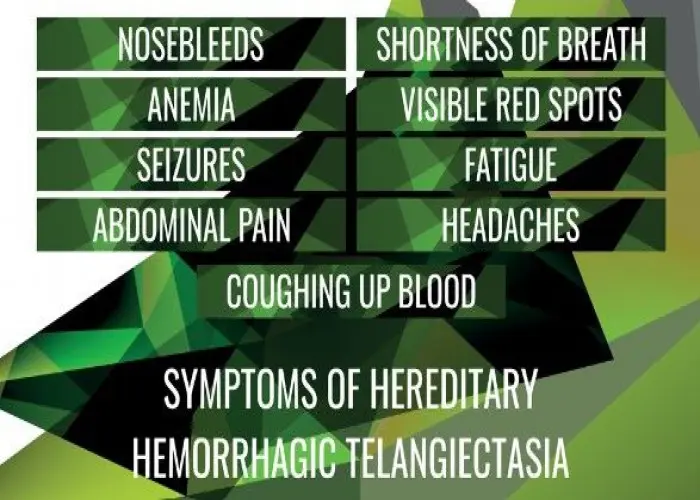
Hereditary hemorrhagic telangiectasia

Yeast infection (vaginal)
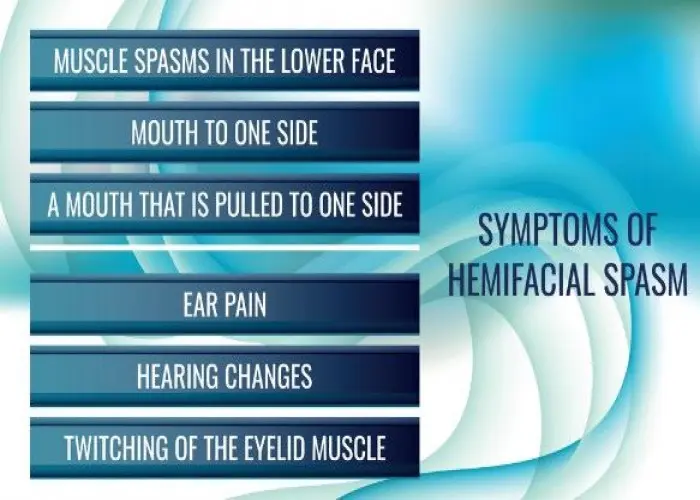
Hemifacial spasm

Bedbugs
AVMS, Arteriovenous malformation, AV malformation, ত্রুটিযুক্ত ধমনী
To be happy, beautiful, healthy, wealthy, hale and long-lived stay with DM3S.
